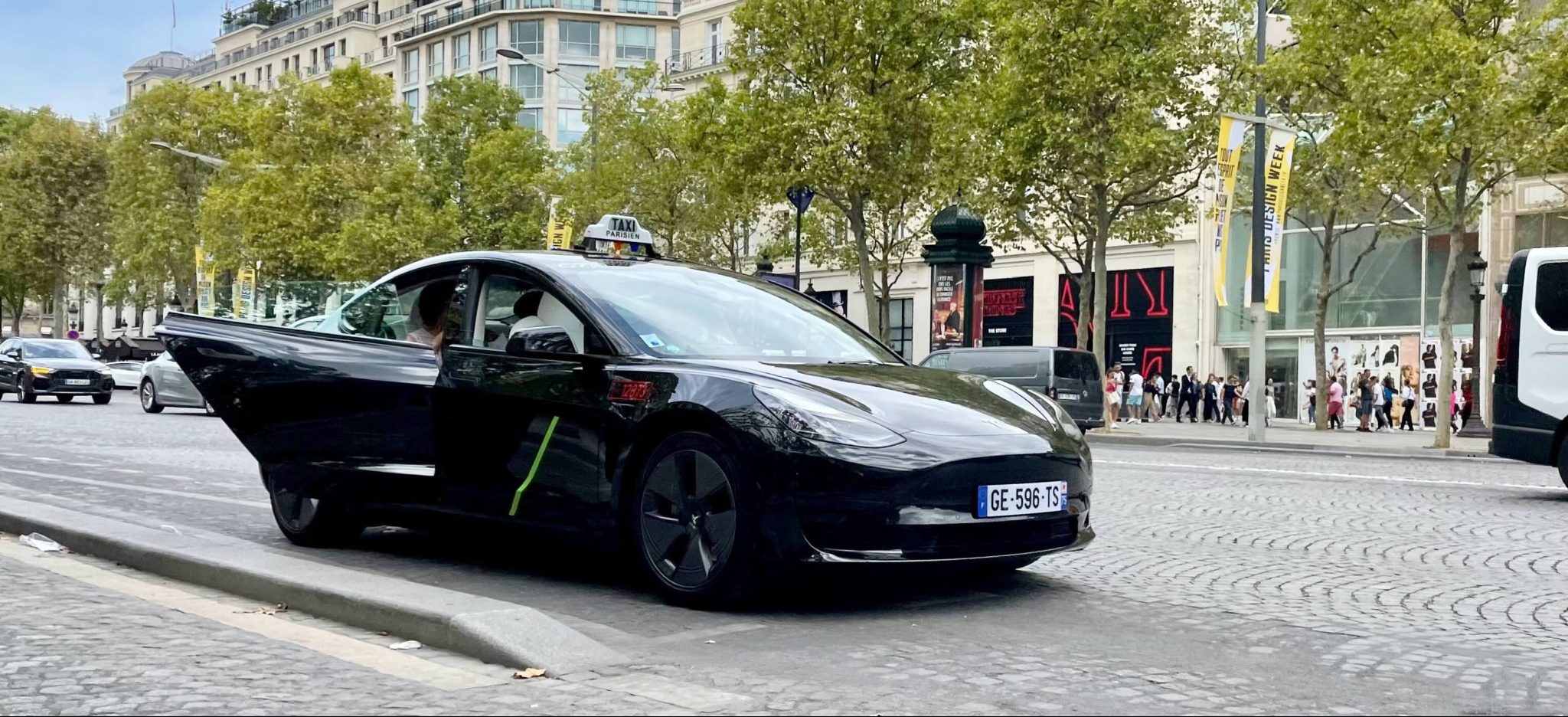Tesla’s rogue robotaxis call the safety of self-driving vehicles into question
With the recent launch of Tesla’s robotaxis, the safety of self-driving cars has been called into question once again. Despite research suggesting that autonomous vehicles can be safer than human-driven cars, these new Tesla taxis highlight the limitations of driverless vehicles.
After Tesla’s robotaxis were tested in Austin, Texas on public roads on the 22 June, social media footage has shown the driverless vehicles breaking traffic laws, including speeding and swerving into the wrong lane. The U.S. National Highway Traffic Safety Administration (NHTSA) has contacted Tesla to investigate these erratic driving behaviours further.
The NHTSA has pointed out that it “does not pre-approve new technologies or vehicle systems – rather, manufacturers certify that each vehicle meets NHTSA’s rigorous safety standards, and the agency investigates incidents involving potential safety defects.”
The launch raises questions about whether driverless vehicles are as dangerous and unreliable as some people expect, or whether these Tesla vehicles are damaging the reputation of all driverless cars
Tesla confirmed that the taxis “won’t operate in bad weather, attempt difficult intersections, or carry customers below the age of 18.” These restrictions seem to suggest that they are not wholly confident in the technology and safety of their own robotaxis.
Although Elon Musk (owner of Tesla) praised the team involved in the project, describing the launch as a “culmination of a decade of hard work”, the launch itself only involved a small group of analysts, influencers and shareholders.
The launch raises questions about whether driverless vehicles are as dangerous and unreliable as some people expect, or whether these Tesla vehicles are damaging the reputation of all driverless cars.
Tesla’s driverless vehicles use in-car cameras, appealing to consumers since this is cheaper than its rivals’ use of radar and sensors, but does the use of this less costly alternative reduce the safety of these vehicles?
Tesla’s rivals, Waymo (owned by Google’s parent company) and Zoox (owned by Amazon), already provide driverless taxi services in Austin, San Francisco, California, and Phoenix. In other countries, such as China, the UAE and Singapore, autonomous vehicles have driven millions of miles on public roads, although whether they are safer than human-driven vehicles still remains to be seen.
The Transport Secretary Mark Harper claimed that by 2026, self-driving cars could be on British roads, in the hopes they will create jobs and make the roads safer by eliminating human error. However, a study done last year showed that seven out of ten people would not feel comfortable in a driverless vehicle
Research findings have shown that autonomous vehicles carry a lower risk of being involved in accidents, than human-driven vehicles. Autonomous vehicles have been found to be safer when ‘performing routine driving tasks’ and also when they ‘were hit from behind or from the side.’
However, this is reversed at dawn/dusk and when turning, when it becomes 5.25 more likely for an autonomous vehicle to be involved in an accident, compared to the 1.98 increase in human-driven vehicles.
Recently, a car crashed into a Californian police car whilst in self-driving mode, as officers responded to a deadly collision. This is just one example of ‘a number of high profile crashes of self-driving cars’.
Following a new law passed in May, the Transport Secretary Mark Harper claimed that by 2026, self-driving cars could be on British roads, in the hopes that they will create jobs and make the roads safer by eliminating human error. However, a study done last year showed that seven out of 10 people would not feel comfortable in a driverless vehicle which had no human control, according to a British study by the Institute of Mechanical Engineers.
At the moment, it is difficult to fully evaluate the differences between autonomous vehicles and human-driven vehicles in accidents ‘due to the scarcity of real-world Autonomous Vehicles accident data’.
Because of this, whether driverless vehicles are actually safer overall is unknown. However, it seems that they are currently struggling when they encounter real drivers and more complicated real-life driving scenarios. It remains to be seen whether the technology is yet advanced enough for the wider implementation of autonomous vehicles into our cities safely.

Comments (1)
Cool ! That’s my photo. I’m glad you used it (Copyright free). Thank you.
It was taken in Paris – France, and shows a taxi of the G7 company on Champs-Elysees avenue.